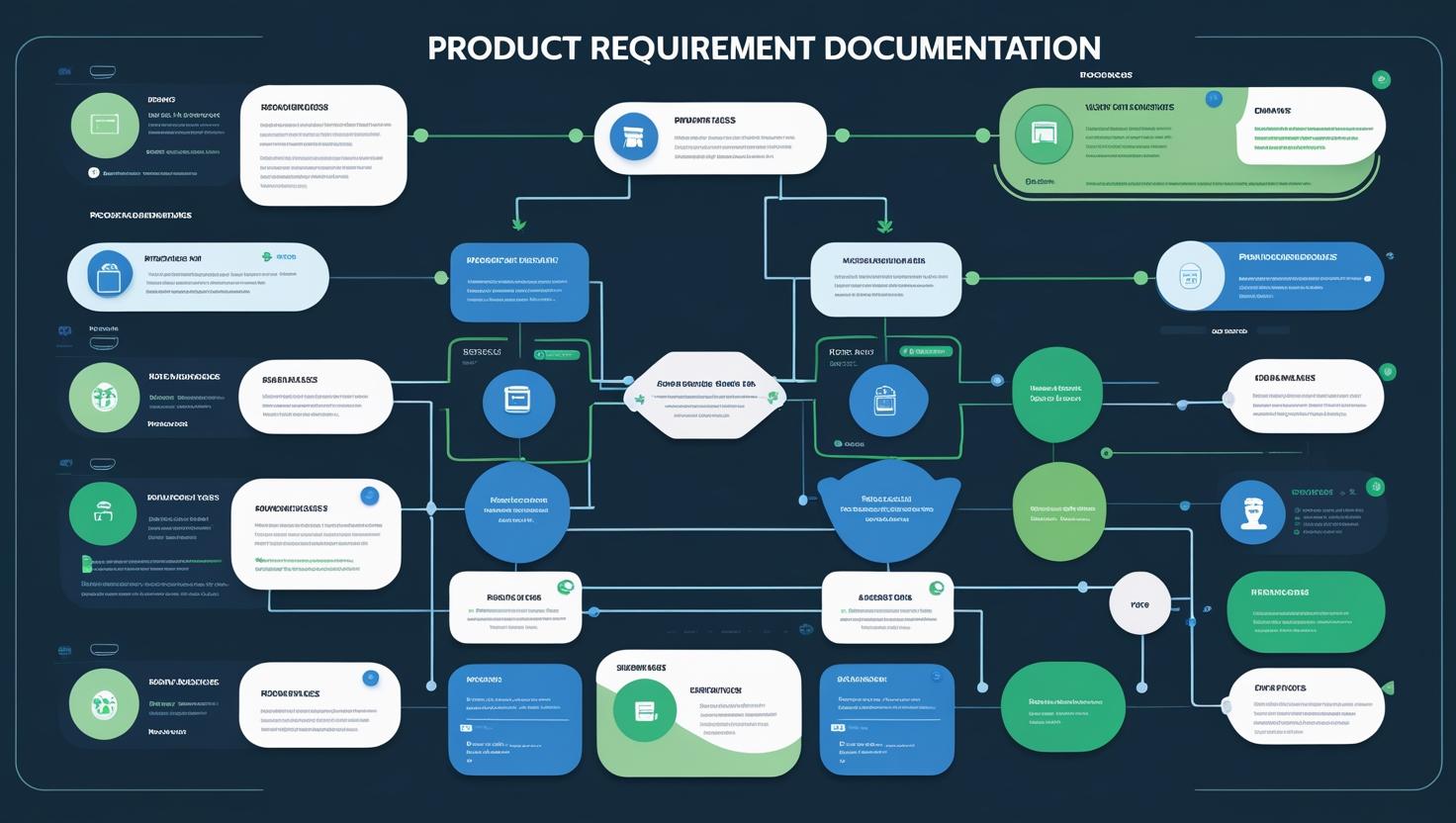1. BRD (Business Requirements Document)
- Purpose: Defines the business goals and high-level needs of a project.
- Audience: Stakeholders (executives, clients).
- Content:
- Business objectives (“Increase user retention by 20%”).
- Scope, budget, and success metrics.
- Not technical—focuses on why the product is needed.
Example:
“BRD for a banking app: Enable mobile check deposits to reduce branch visits by 30%.”
2. MRD (Market Requirements Document)
- Purpose: Outlines market needs and user pain points.
- Audience: Product managers, marketing teams.
- Content:
- Target audience, competitors, market trends.
- User personas and feature priorities (based on research).
Example:
“MRD for an NFT marketplace: Gamers demand low-gas alternatives to OpenSea.”
3. PRD (Product Requirements Document)
- Purpose: Specifies exactly what to build (technical details).
- Audience: Engineers, designers.
- Content:
- Features, user flows, wireframes.
- Technical specs (APIs, data models).
- Acceptance criteria (“User can log in via MetaMask”).
Example:
*”PRD for a DeFi app: Wallet connection supports Ethereum/Polygon, with 2FA security.”*
Key Differences
| Document | Focus | Question Answered | Used By |
|---|---|---|---|
| BRD | Business goals | Why build this? | Executives, Clients |
| MRD | Market needs | Who needs this and why? | Product, Marketing |
| PRD | Technical specs | How will this work? | Engineers, Designers |
Workflow Example
- BRD: Stakeholders approve funding for a “blockchain voting app.”
- MRD: Research reveals governments need fraud-proof elections.
- PRD: Engineers build features like ZK-proofs for anonymity.



